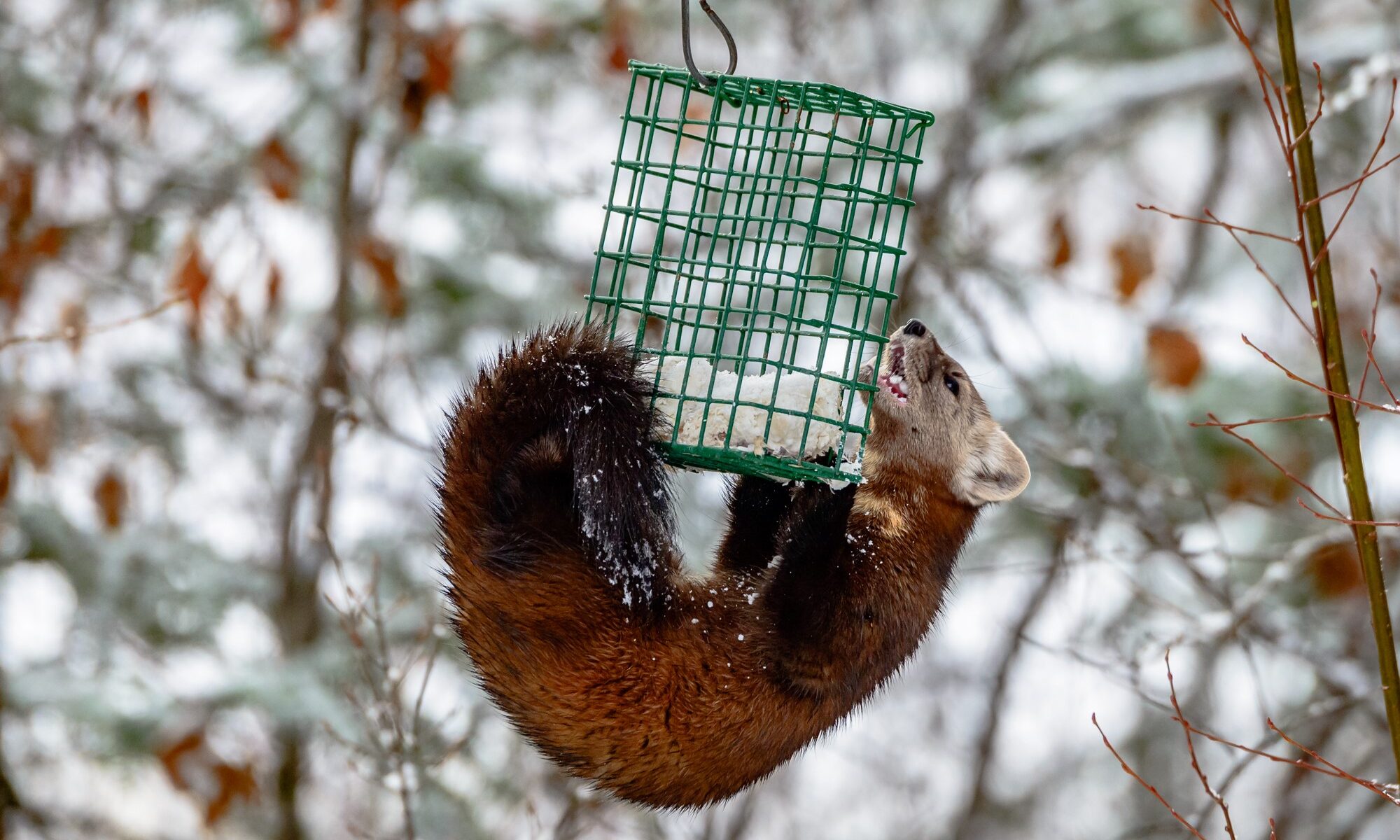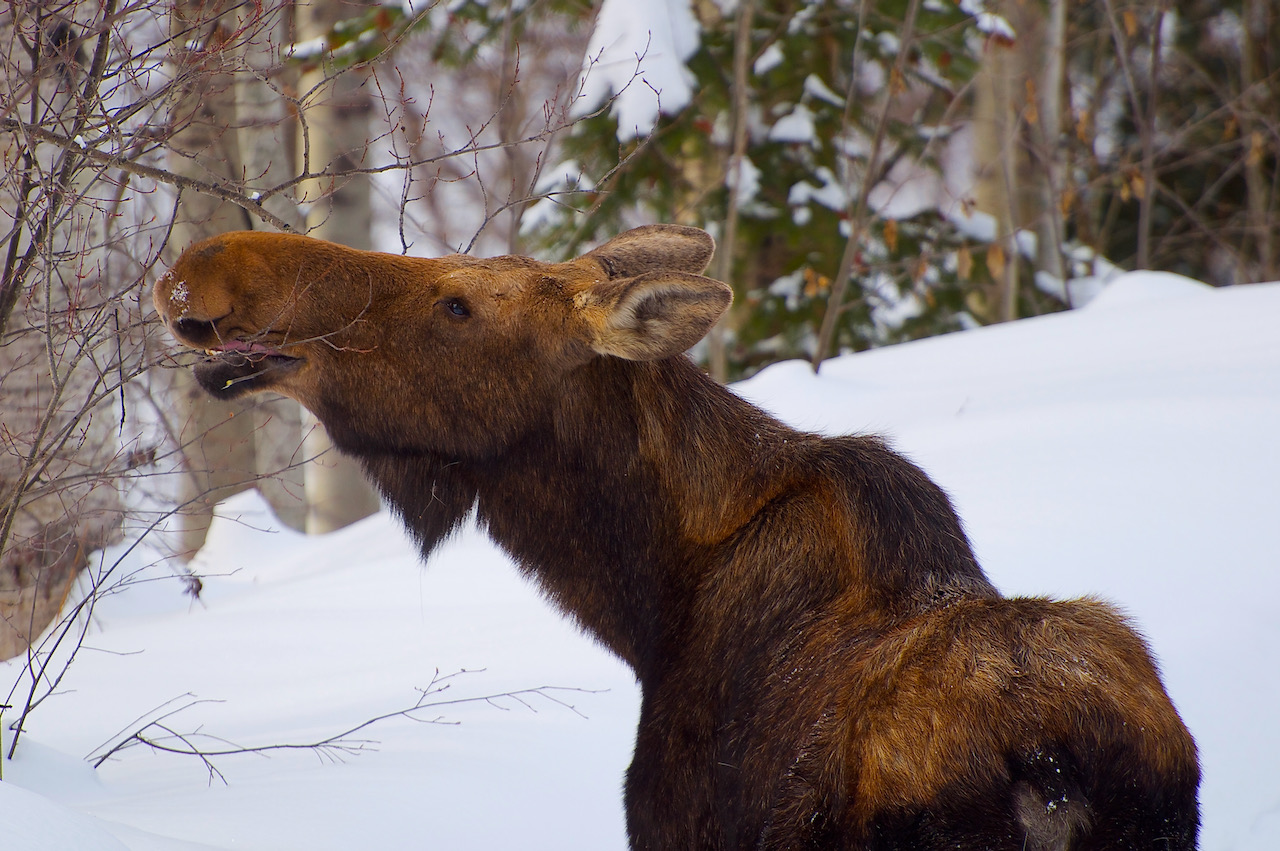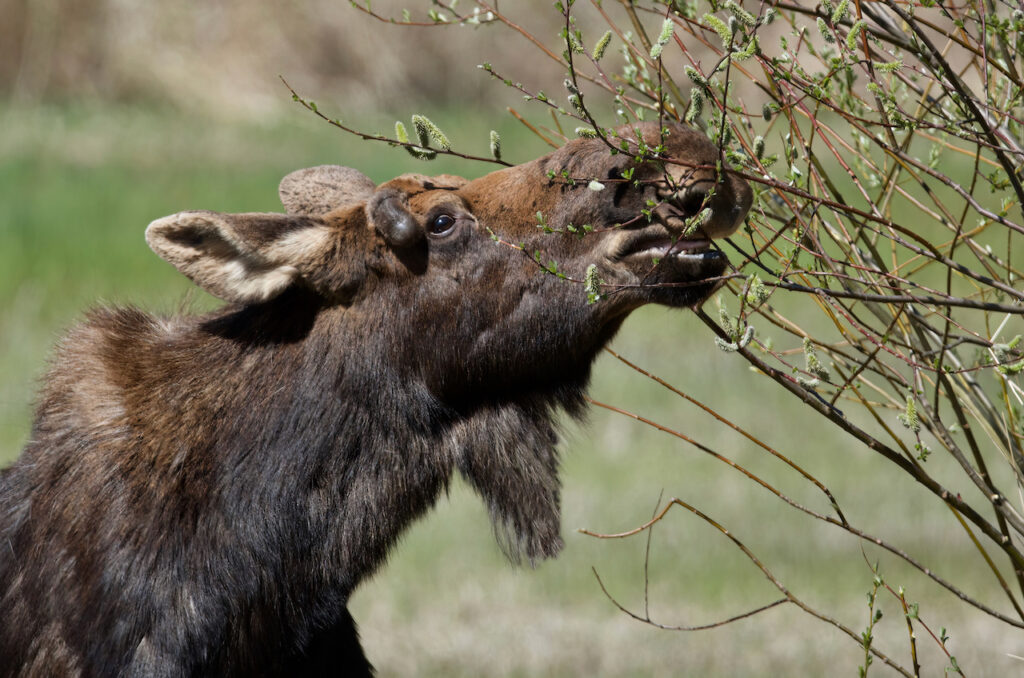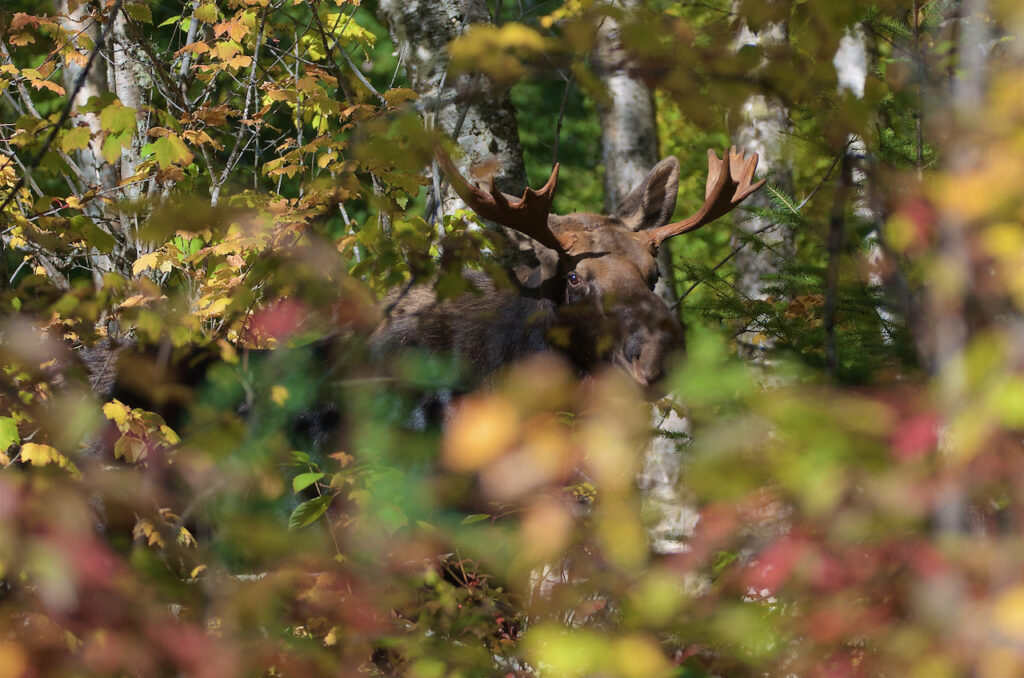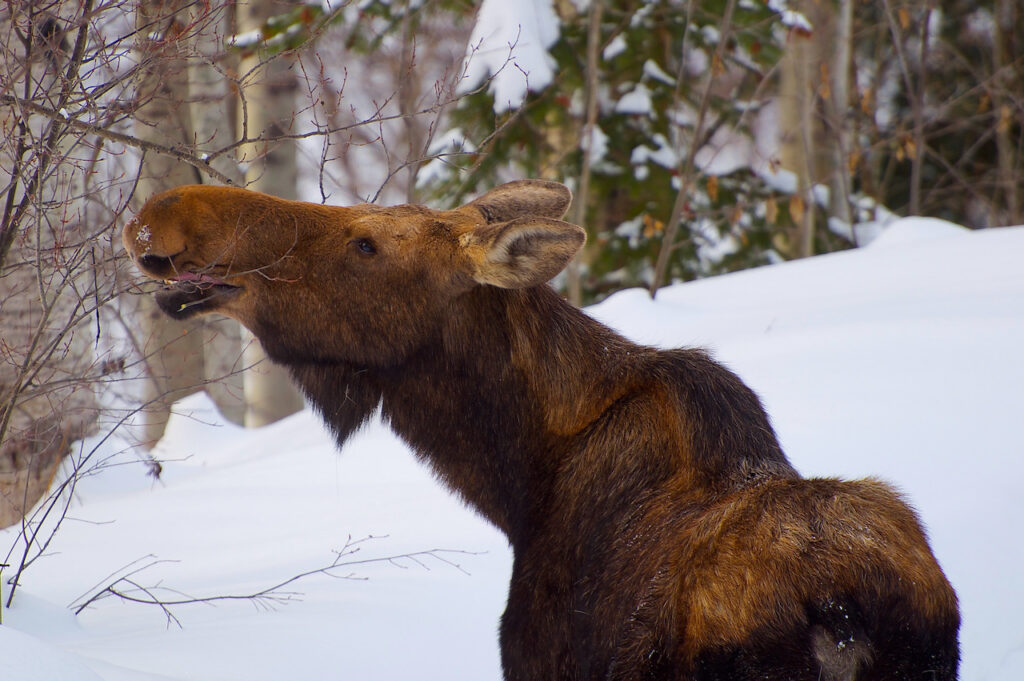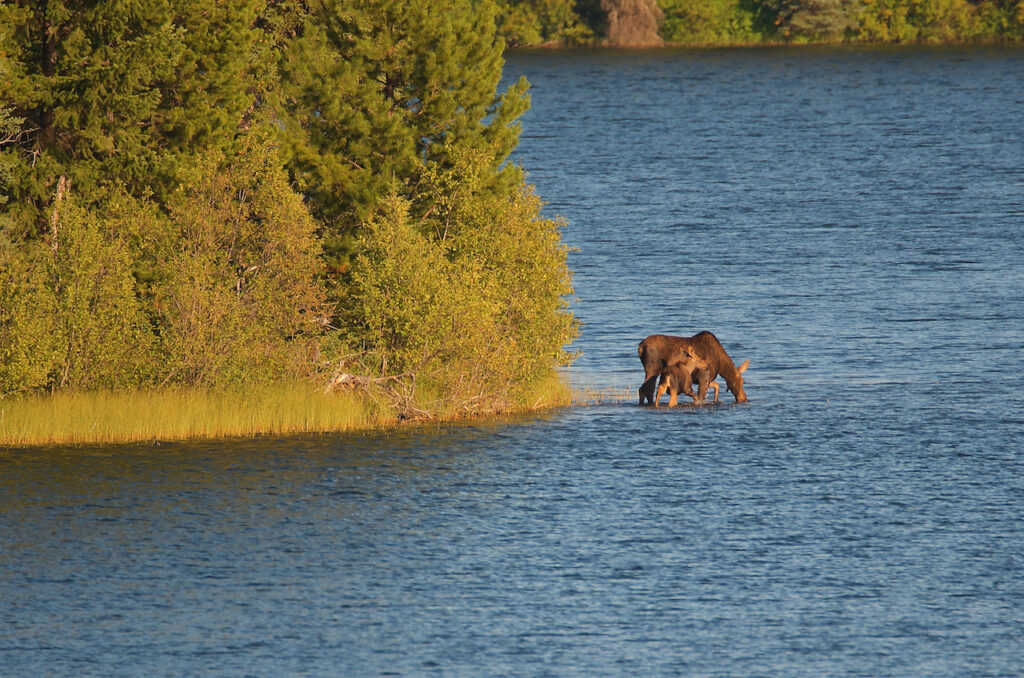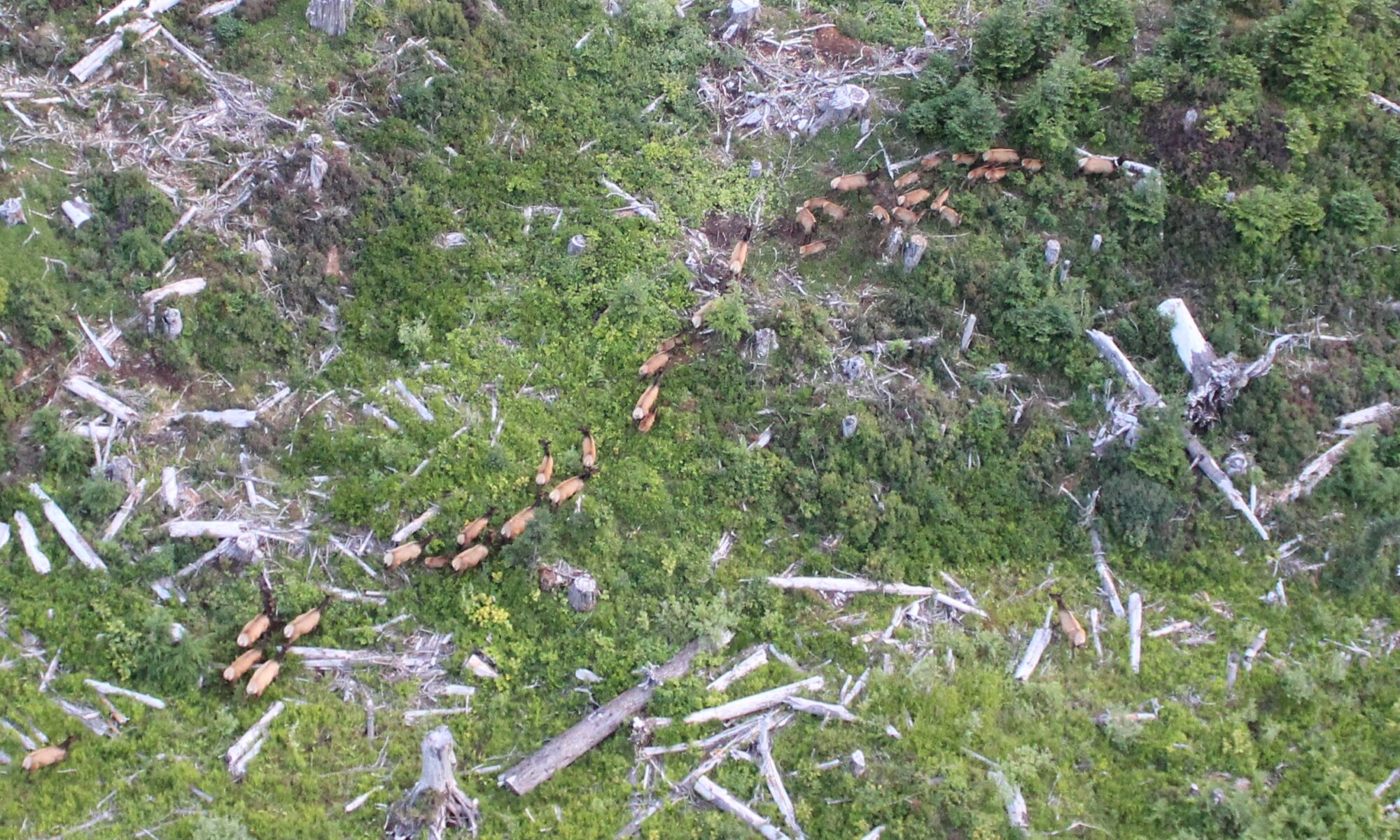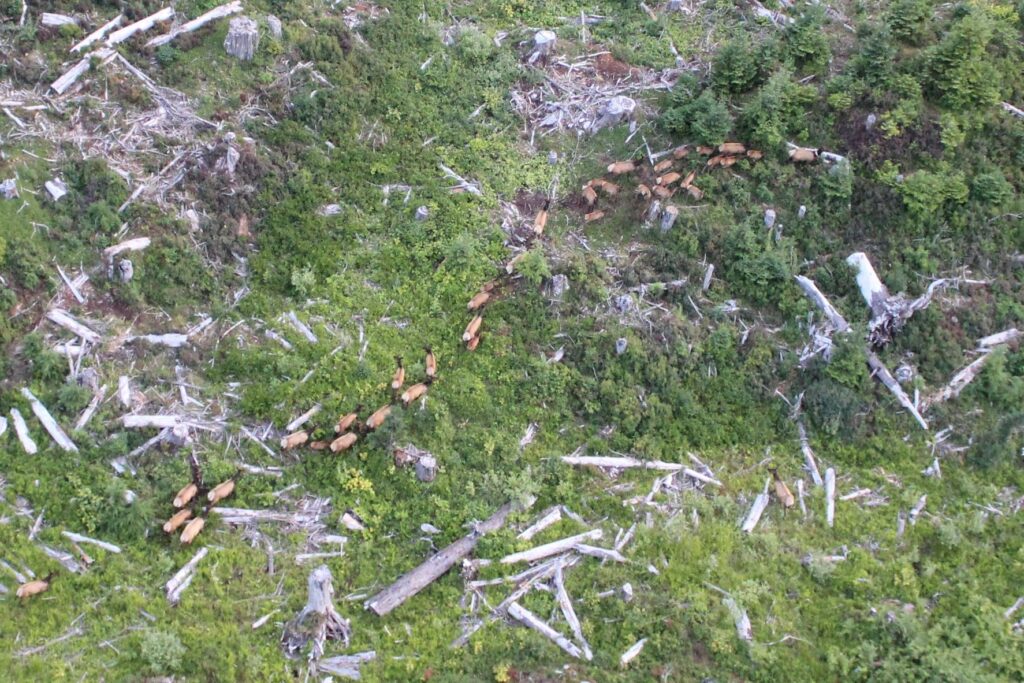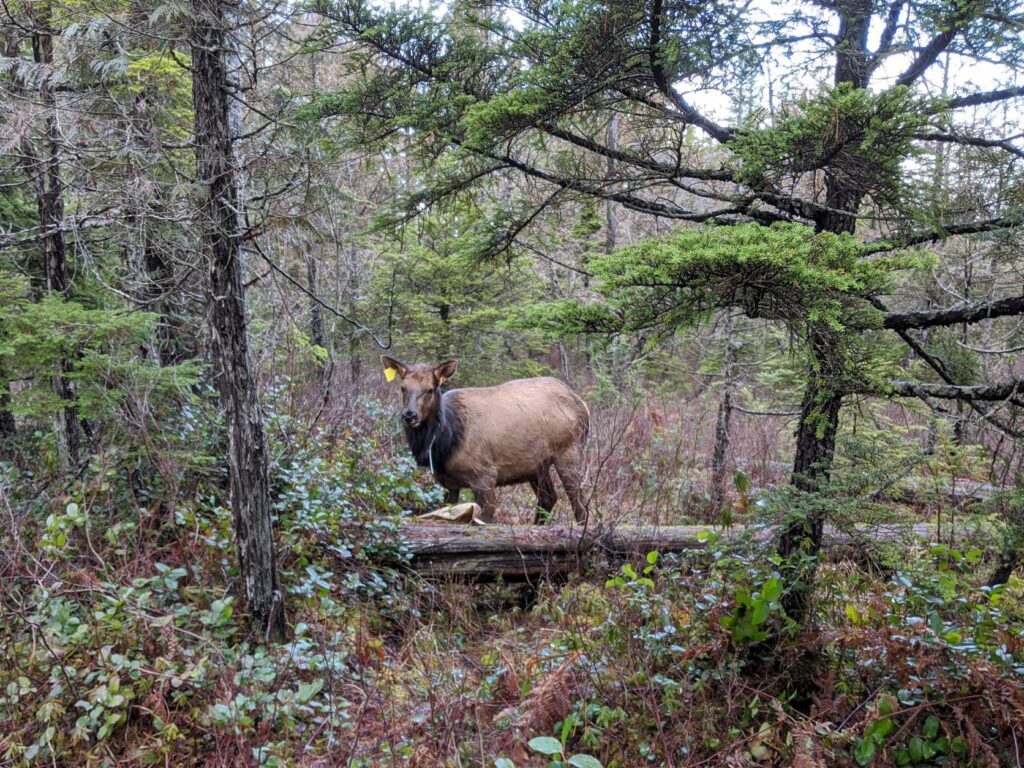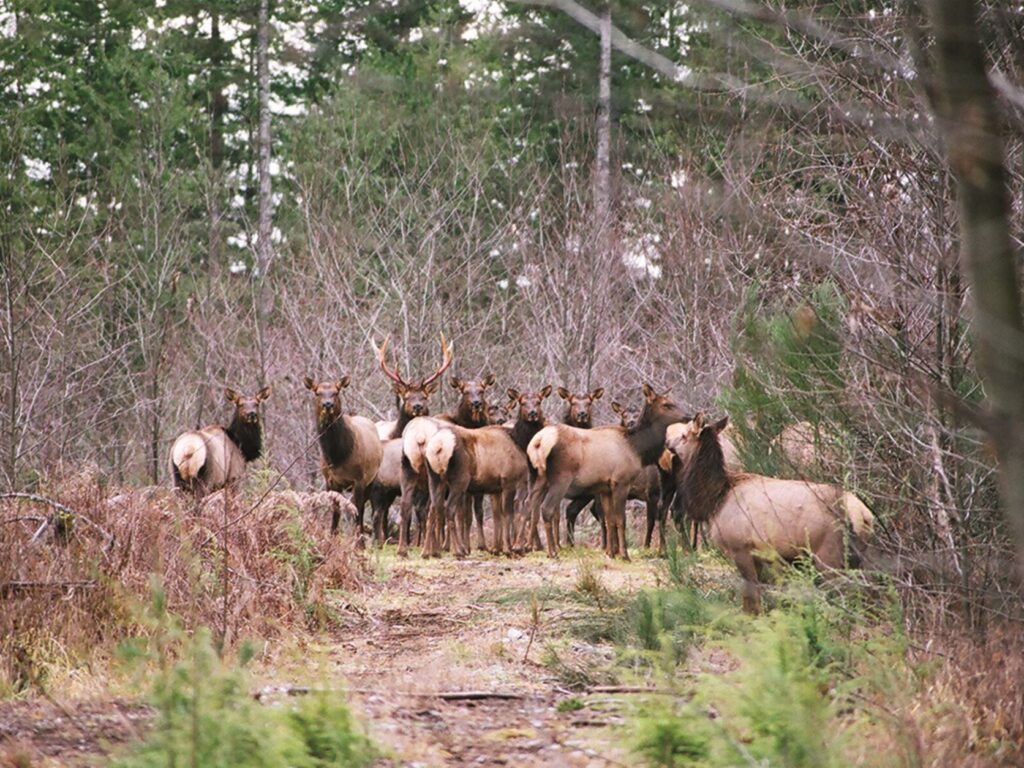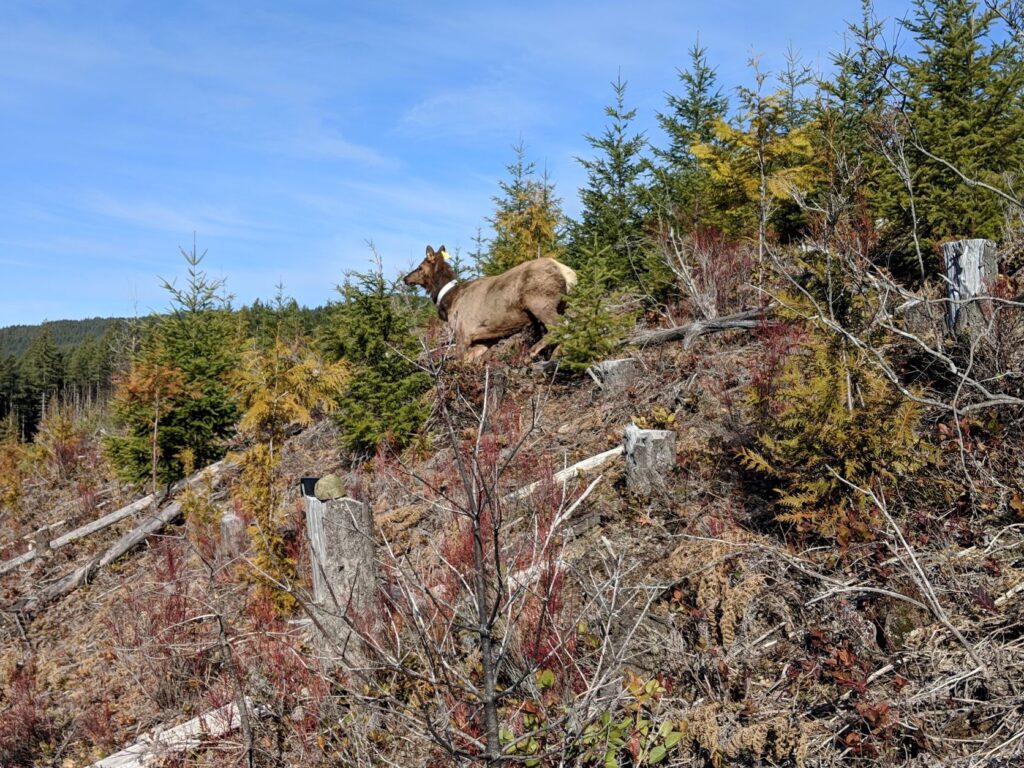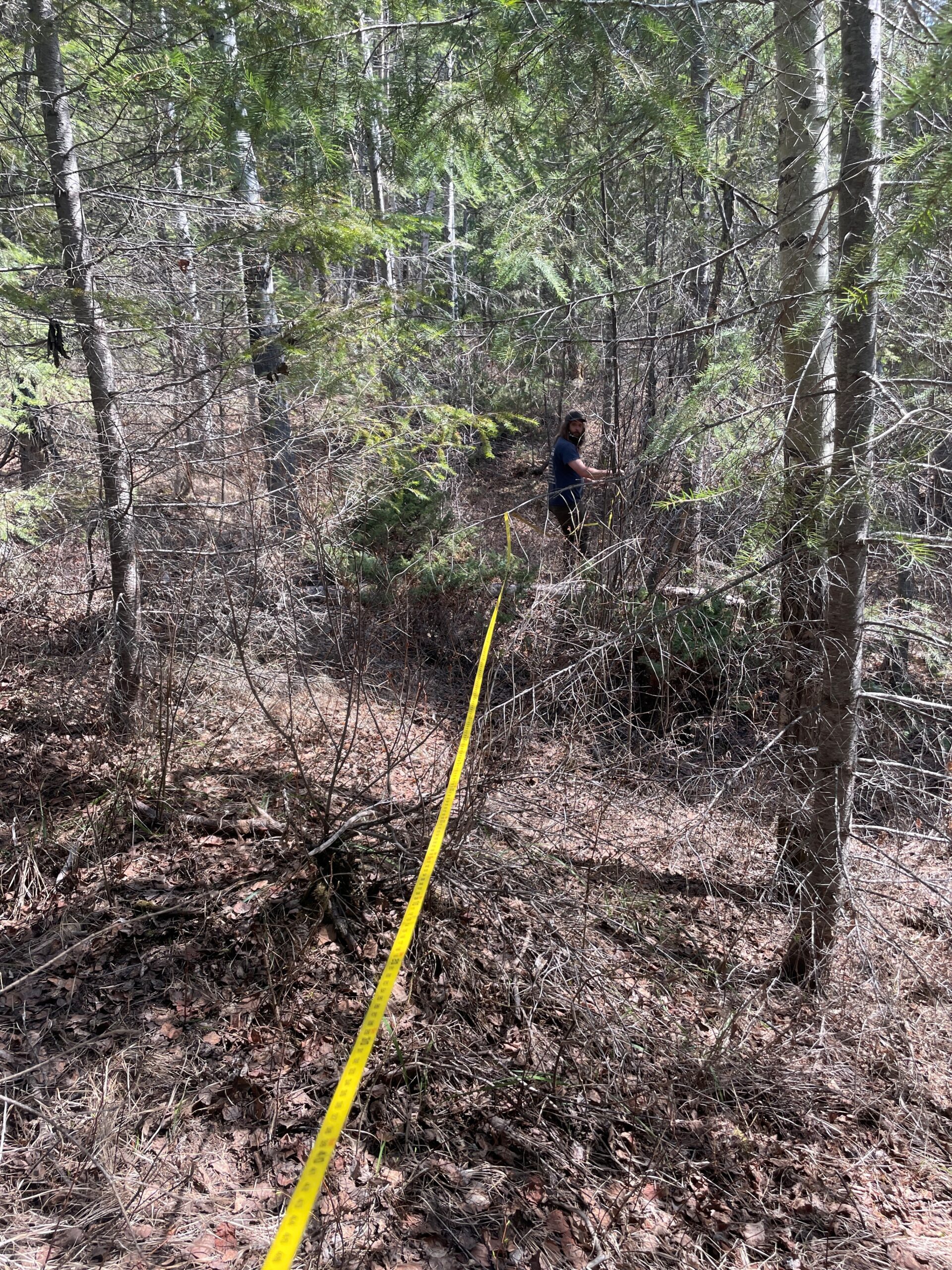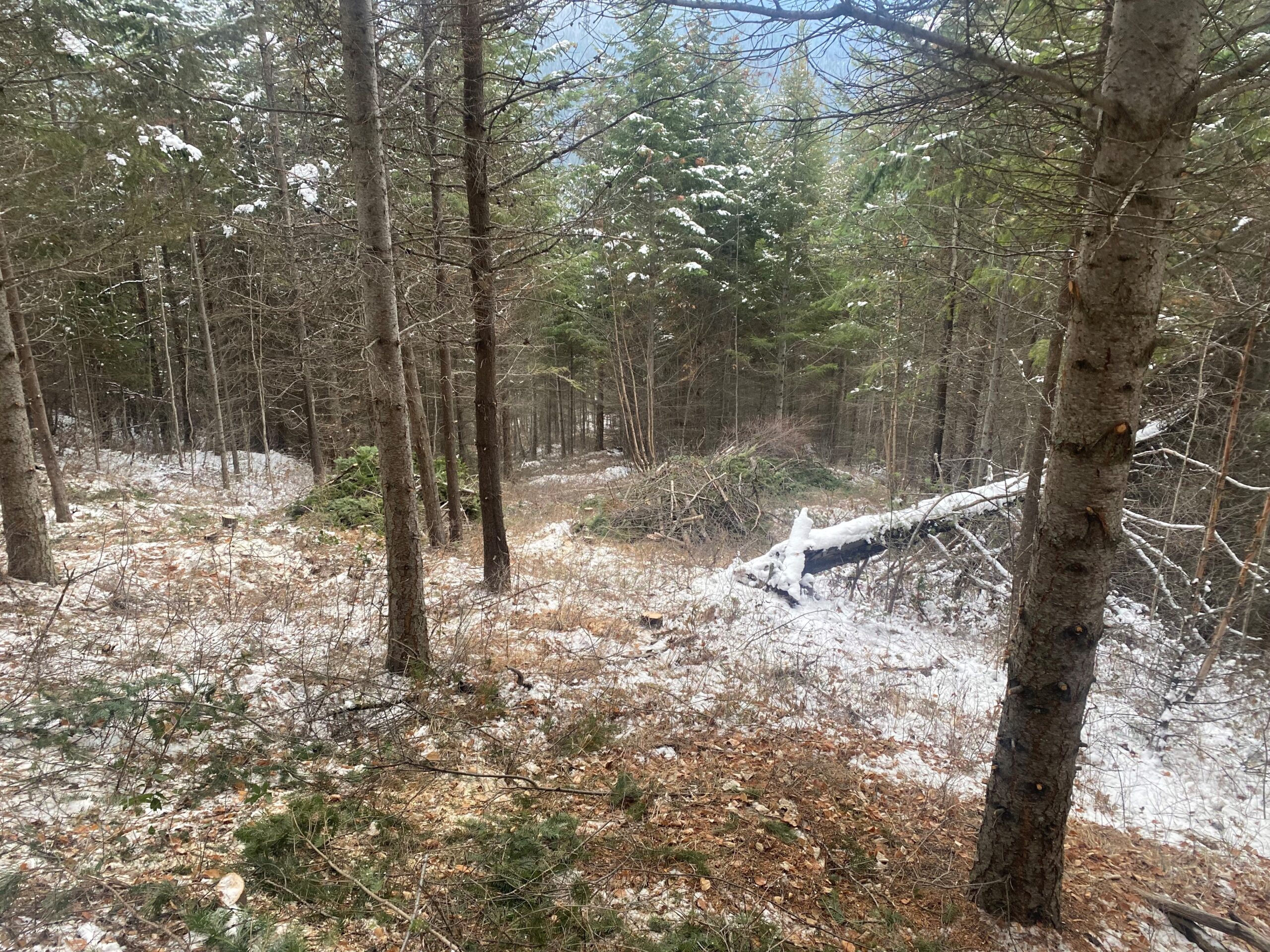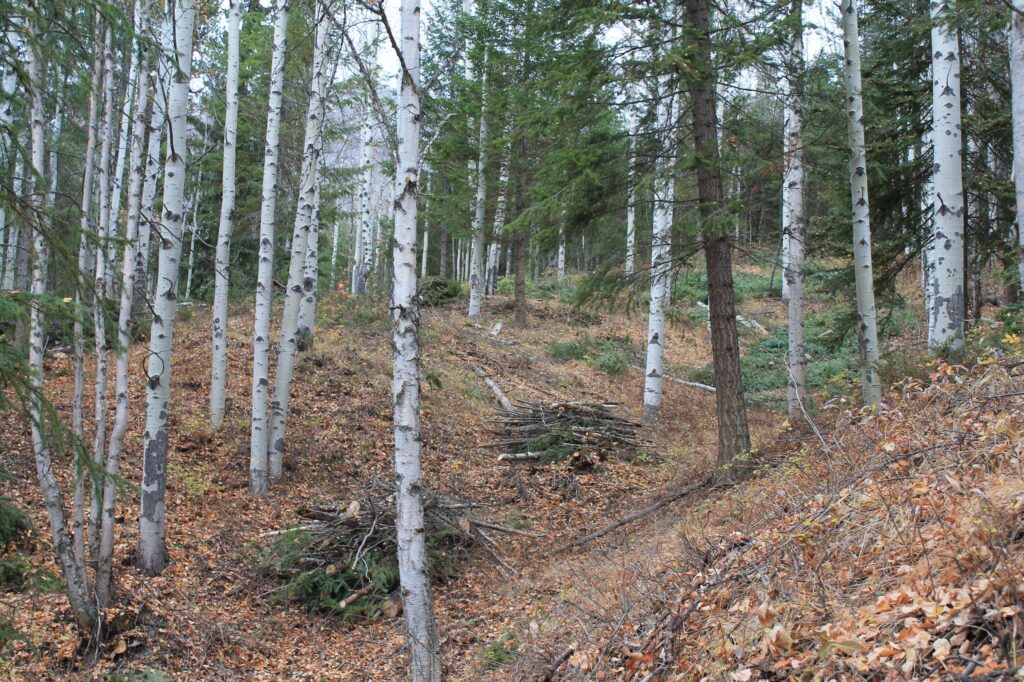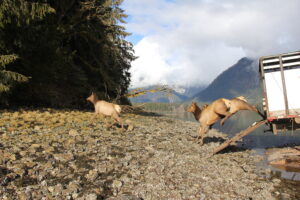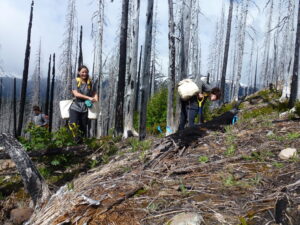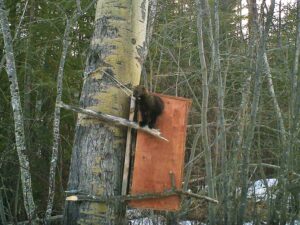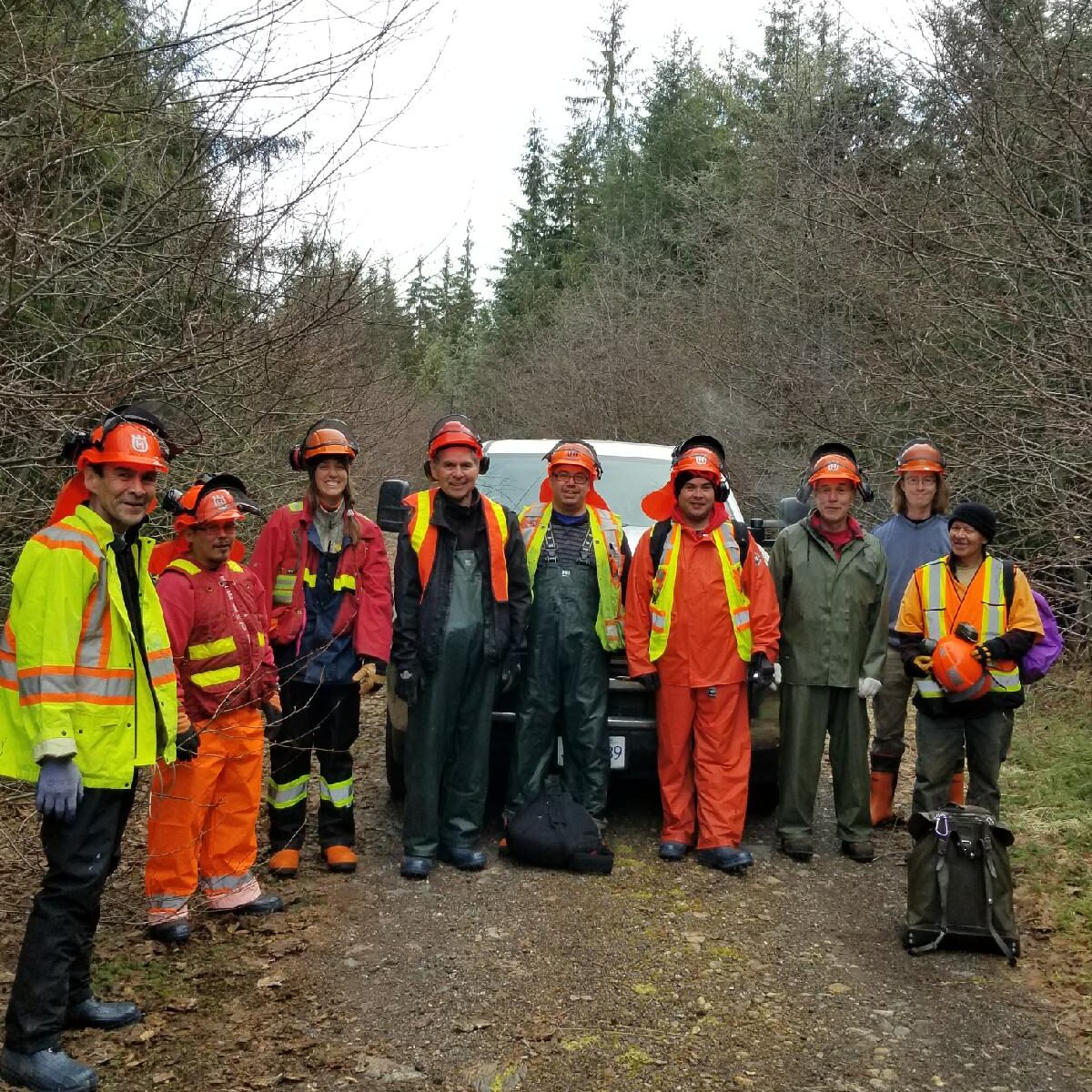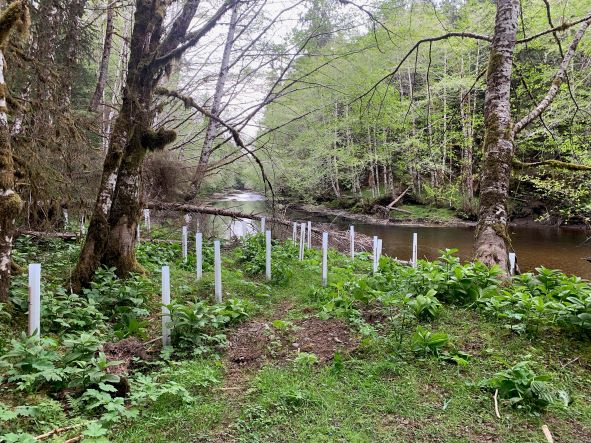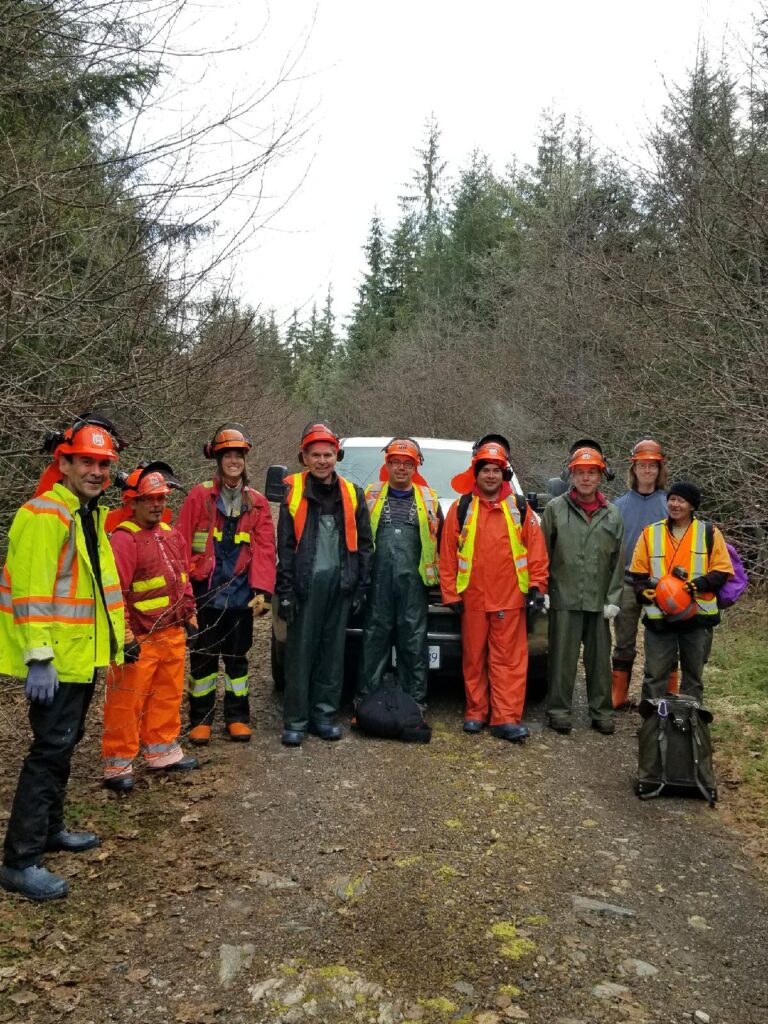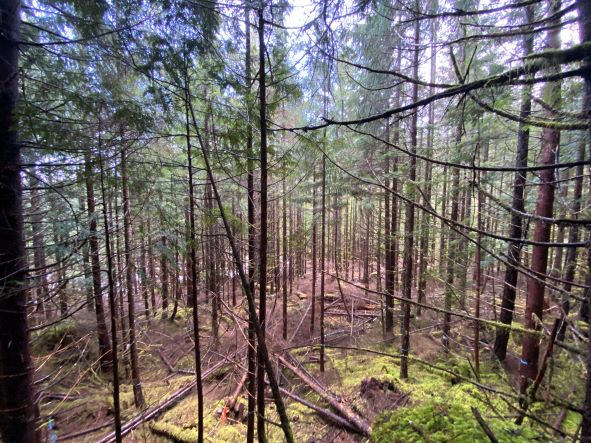Burns Lake, B.C.: The Habitat Conservation Trust Foundation is proud to announce over $8 million in funding for 168 fish and wildlife conservation projects across B.C. this year, with over $800,000 allocated to projects in the Skeena region.
For over 40 years, the Habitat Conservation Trust Foundation (HCTF) has provided grants to an extensive network of recipients who undertake conservation projects. With support from the HCTF, a wide range of nonprofit organizations, First Nations and Indigenous communities, Provincial ministries, and community groups implement projects that protect B.C.’s wildlife, freshwater fish, and their habitats. Since 1981, the HCTF has funded over 3,550 projects, representing an investment of over $215 million for conservation in B.C.
“The many different ecosystems in British Columbia, and the wildlife they support, are vital to the quality and way of life for so many in this amazing province,” said Bruce Ralston, Minister of Forests. “From forests to rivers to oceans, better knowledge means better protection for the organisms that call these ecosystems home. The conservation work that FESBC and the Habitat Conservation Trust Foundation are doing is crucial to our ongoing understanding of B.C.’s unique, interlocking landscapes.”
Among this year’s projects in the Skeena is a multi-year project to study the impacts of partial logging on the habitats of important small wildlife predator species. Currently in its second of five years and led by the University of B.C., the project will examine predator habitat use and selection in forests harvested using partial logging practices compared to traditional logging and unlogged forests.
“Partial logging has benefits for fire management and timber supply and may be more favourable for wildlife, but these benefits have not been thoroughly documented,” says project lead Dr. Karen Hodges. “Determining the effects and possible benefits of switching logging practices to partial harvest models may allow for the conservation and protection of forest predators.” The project is focused on marten and the red-listed fisher, as both are focal management species and sensitive to forest loss.
The project is being supported by the HCTF and the Forest Enhancement Society of BC (FESBC) with $30,452 in co-funding this year. According to FESBC’s executive director Steve Kozuki, “HCTF has some of the best expertise in wildlife biology and habitat management. That’s why FESBC is so pleased to collaborate with HCTF. Together we have improved wildlife habitat on numerous successful projects all around British Columbia. And we will continue to endeavour to assist wildlife to thrive and flourish for generations to come.”
HCTF CEO Dan Buffett is proud to work with FESBC in this partnership noting, “Through this collaboration, we can fund more work such as this project that will apply the knowledge learned to improve forest habitat conditions for wildlife species and enable our project partners to deliver more conservation work that benefits wildlife, fish, and their habitats.”
Other HCTF-funded projects in the Skeena region include:
- $98,028 to restore 86 km of roads to reduce human and wildlife predator access within the Whitesail Priority Restoration Area for the Tweedsmuir-Entiako caribou herd.
- $56,475 to assess watersheds in Skeena for connectivity and restore fish passage at road crossings that are barriers to fish migration.
- $83,650 to monitor habitat use, migration, and health of Tawéi (Tlingit word for thinhorn sheep) near Atlin to build on traditional and scientific knowledge for better management of Tawéi.
- $61,000 to address knowledge gaps about the distribution, movements, and exploitation of Bull Trout and Dolly Varden in the lower Nass and middle Skeena Rivers.
Each project funded by HCTF goes through a multi-level, objective and technical review process prior to final Board review and decision. HCTF’s Board of Directors ensure that species important to B.C. anglers and hunters are supported but also place a great deal of importance on conserving whole ecosystems, species-at-risk, and investing in environmental education across the province.
FESBC would like to gratefully acknowledge the financial support of the Province of British Columbia through the Ministry of Forests.
HCTF Quick Facts
It is the mission of HCTF to improve the conservation outcomes of B.C.’s fish and wildlife, and the habitats in which they live. We make a difference by funding conservation projects and by educating and engaging the public about B.C.’s natural assets. For over forty years, HCTF has been helping conservation groups and individuals secure funding for conservation projects and providing education to the public about B.C.’s important natural assets. Since 1981, HCTF has provided over $215 million in grants for over 3,550 conservation projects across B.C.

